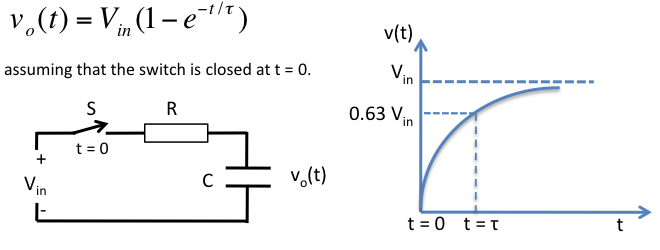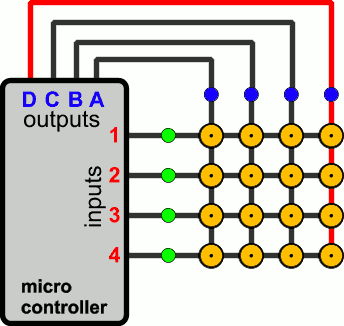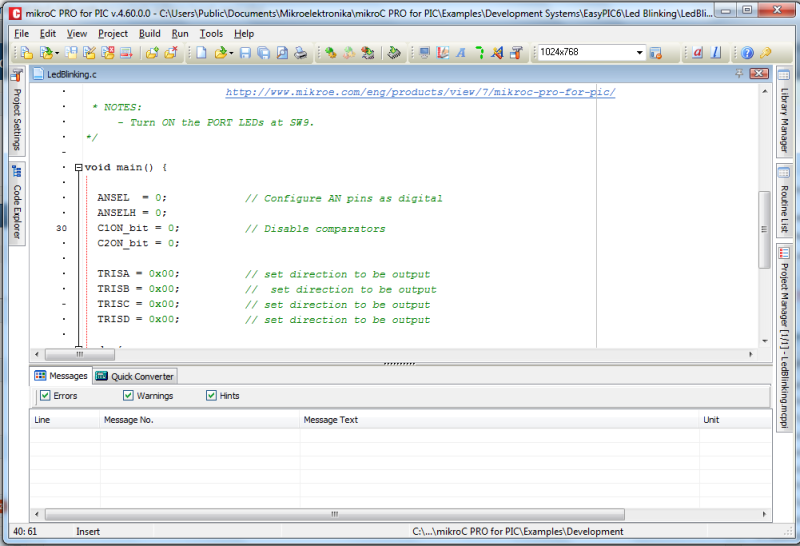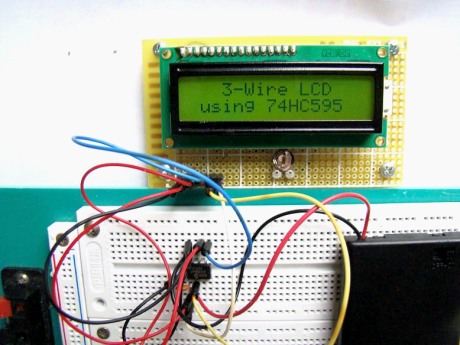How to measure capacitance with a microcontroller?

Microcontrollers are widely used in measuring various physical variables. The techniques involved in the measurements could be different for individual variable type and are mostly based on the characteristics of the variables to be measured. This tutorial describes some methods for measuring the capacitance of a capacitor using microcontrollers. The techniques use the characteristics of the capacitor itself and are therefore universal and can be easily implemented with any microcontrollers.
Read more


